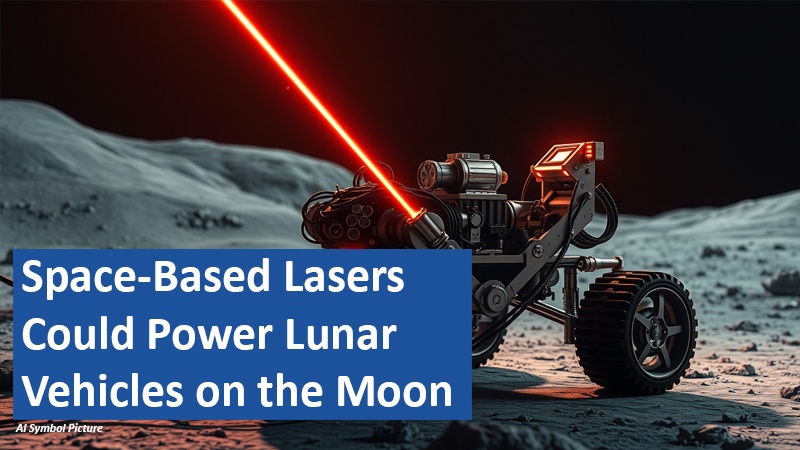
A new concept proposes using lasers in space to wirelessly transmit power to lunar vehicles operating on the Moon’s surface. This innovative approach could revolutionize lunar exploration by providing a sustainable and efficient energy source for rovers, landers, and even future lunar bases. The technology aims to overcome the limitations of traditional power sources in the harsh lunar environment.
######################################################
Now exclusively try Amazon Prime and Prime Video free for 30 days!
##########################################################
Overcoming Lunar Power Challenges
Operating on the Moon presents unique challenges for power generation. Solar panels are less efficient due to the long lunar nights and the limited sunlight at the poles. Batteries are heavy and have a limited lifespan, while nuclear power is complex and raises safety concerns. Wireless power transmission via lasers offers a promising alternative that could enable long-duration lunar missions.
How Space-Based Lasers Would Work
The concept involves deploying a laser system in orbit around the Moon. This system would convert solar energy into a high-powered laser beam, which would then be directed towards a receiver on a lunar vehicle. The receiver would convert the laser light back into electricity, providing a continuous power supply. The laser system could also be used to transmit power to multiple vehicles simultaneously.
Potential Benefits for Lunar Exploration
Space-based lasers could significantly enhance lunar exploration efforts. They could enable rovers to travel farther and operate for longer periods. They could also power lunar landers, allowing them to conduct more extensive scientific research. In the future, space-based lasers could even provide power for lunar bases, supporting human settlement on the Moon.
Technological Challenges and Future Research
While the concept is promising, several technological challenges need to be addressed. These include developing efficient and reliable laser systems, designing lightweight and robust receivers, and ensuring the safety of the laser beam. Future research will focus on addressing these challenges and demonstrating the feasibility of space-based laser power transmission for lunar applications.
This innovative approach offers the potential to revolutionize lunar exploration by providing a sustainable and efficient energy source. It could pave the way for more ambitious lunar missions and even human settlement on the Moon.
What are the potential environmental impacts of deploying laser systems in space, and how can these risks be mitigated to ensure responsible lunar exploration?
Based on content from www.forschung-und-wissen.de and own research.